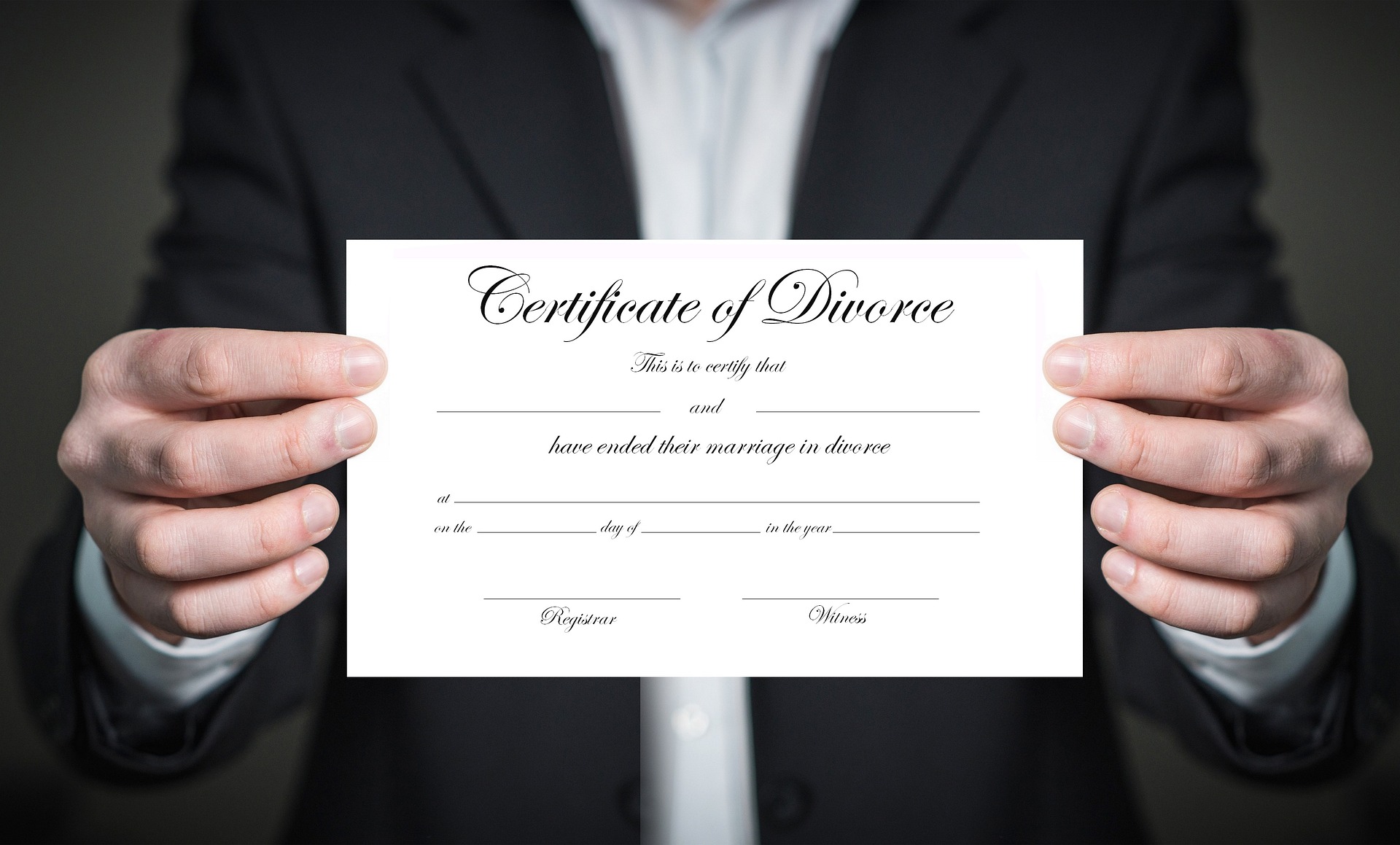Even with the best training methods and adherence to all safety regulations, workplace injuries unfortunately still claim precious lives and leave many with a string of health complications. In 2015 alone, OSHA reported 4,836 worker fatalities across the United States bringing the death toll to about 13 people per day.
Sadly, most employers, especially those in the industrial truck industry, ignore standard safety rules and training requirements exposing their employees to the risk of slips, falls, and serious cases like having forklifts and other heavy objects fall on them.
When a critical workplace injury takes place, what should you do? Should you call 911 or rush to report the incident with your employer? How about photos? Should you take them before getting any help? Having a good knowledge of critical incident assessment is a vital skill. Let’s talk about the steps of responding to an accident efficiently.
1. Get help
Obviously, the first thing to do when an accident happens is to seek medical attention. It is the most critical stage as this can mean death or life. Ask your colleague or supervisor to get medical assistance.If your organization has a medical response team, tell them about the accident as soon as you can. On top of this, you should call 911.
2. Report the accident
Once you are out of danger, the next step is to do the reporting. Each company has a person or department in charge of handling workplace accidents. Direct your reporting to the right department. If you are not in a position to, request a fellow worker to do it for you.
3. Investigations
Most organizations have an investigation team in charge of critical incident assessment. Once they are called in, they will begin their investigations immediately. Time is often a key player here. The team will move in and secure the scene ensuring it is safe for them as they speak to a few witnesses to know what really took place. Then they will analyze data and make their own judgments as to what led to the accident. Once they are satisfied with their findings, they will report them along with their recommendations.
4. Corrective action
After the investigations, the employer must develop a plan for corrective action to avoid the recurrence of the same mistake in the future. The plan should be implemented with immediate effect and should undergo changes on a regular basis to make it more effective.
It is easy to think that you will never be involved in a workplace injury but the truth is, you can never be too sure. Knowing what to do when it does is prudent. With this guide, you will know what needs to be done the next time you or your colleague is involved in a critical workplace injury.







